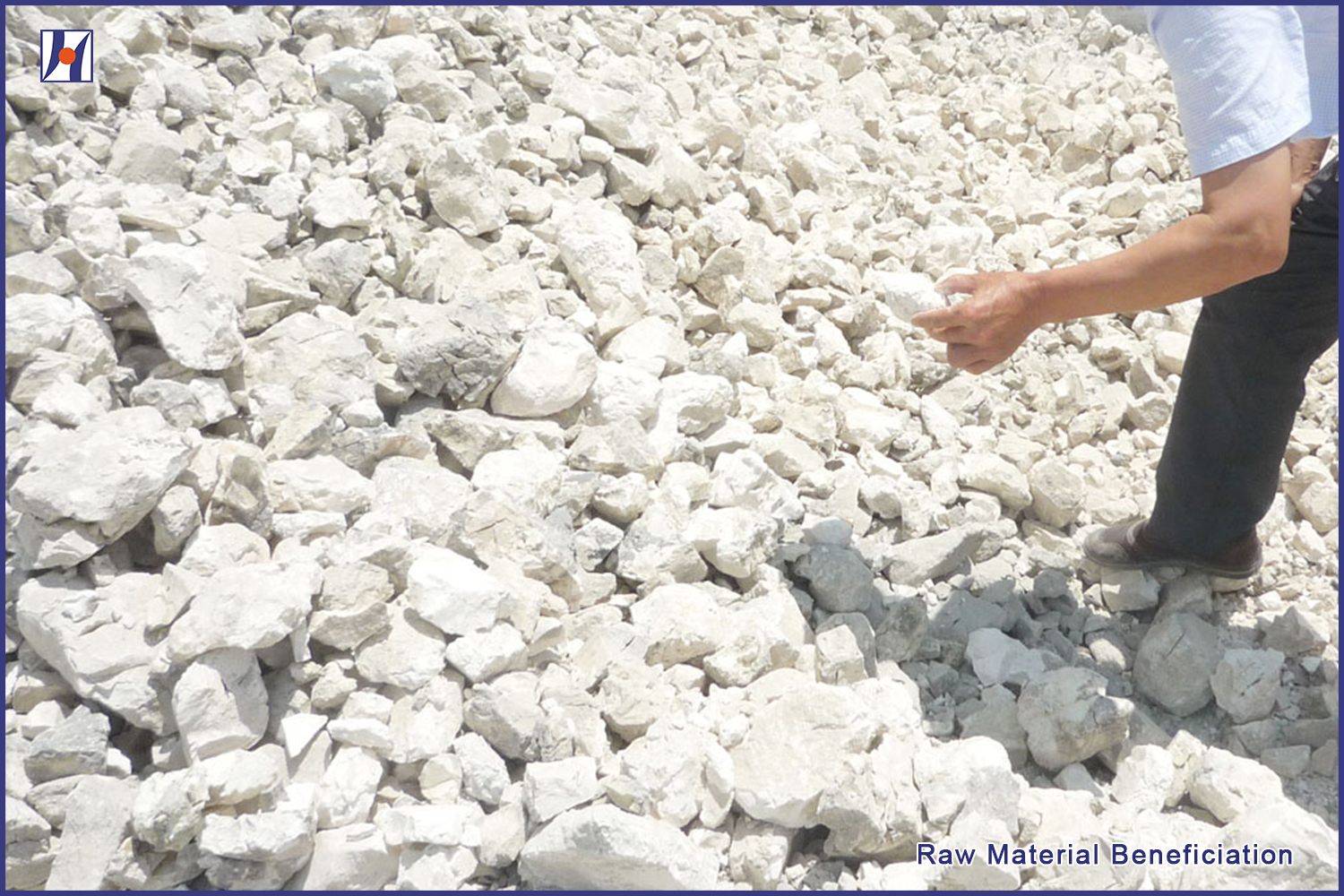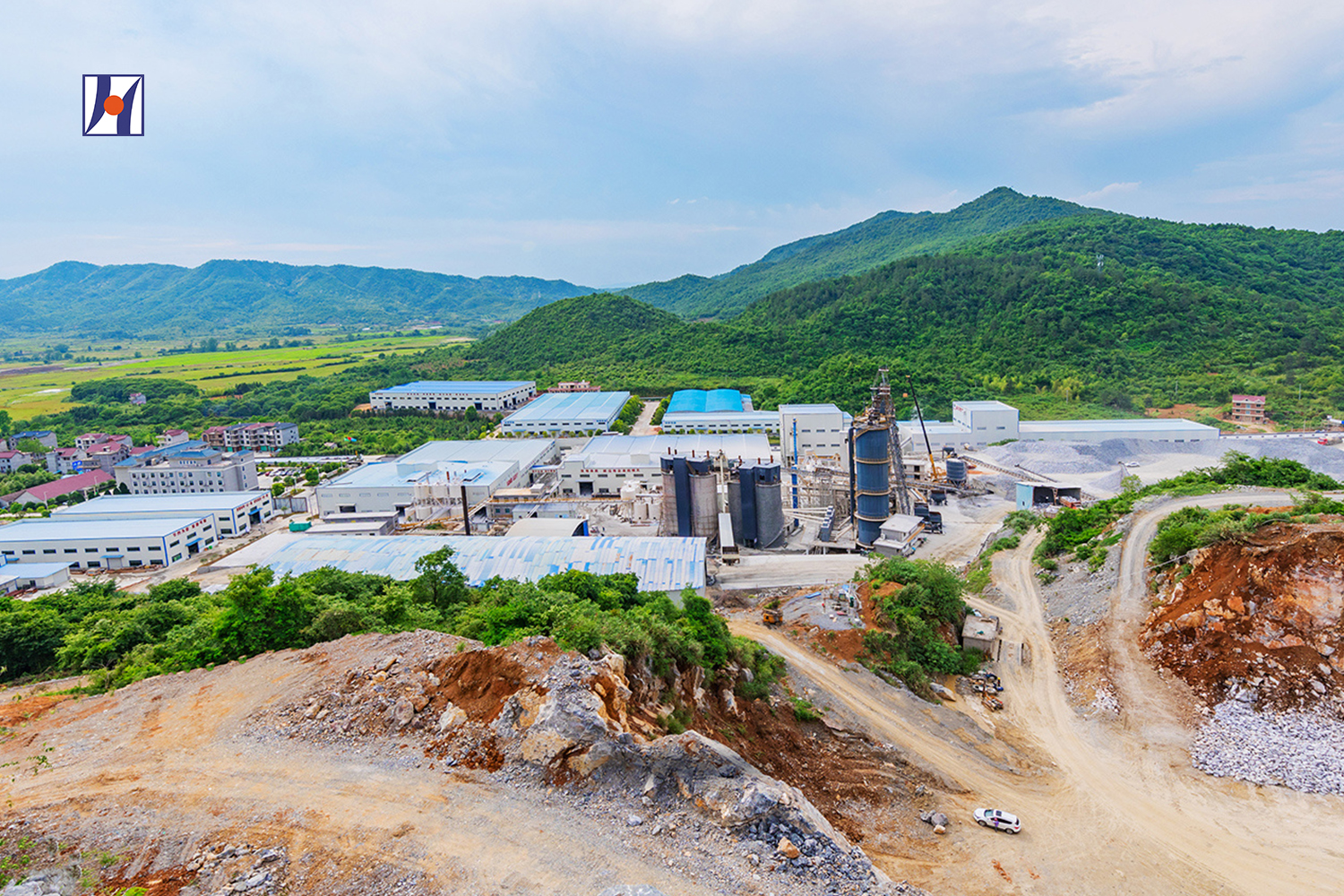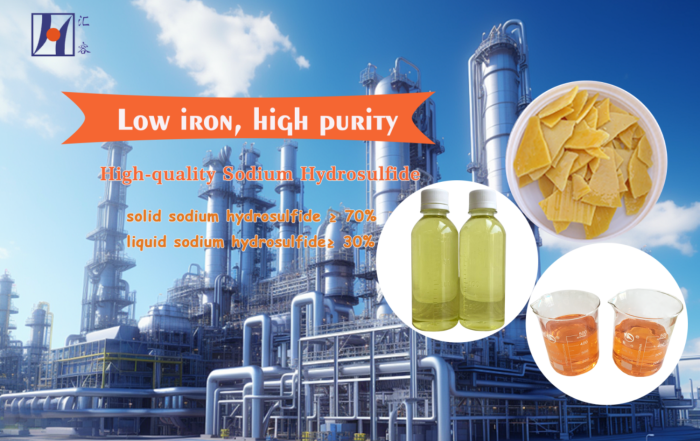Nano calcium carbonate has a small particle size and good reinforcement effect, making it one of the main functional fillers for sealants. It is widely used in silicone adhesives, polyurethane adhesives, and other varieties.
In adhesives and sealants, nano calcium carbonate belongs to the category of structural and reinforcing fillers, greatly improving the adhesion, tensile strength, modulus, and hardness of the adhesive. As a filler and reinforcing agent for silicone sealant, nano calcium carbonate can greatly reduce the cost of products, improve the processing performance of products, and greatly enhance the mechanical properties such as tensile strength and tear strength of the adhesive. By controlling the crystal form, particle size, and surface treatment of nano calcium carbonate, products can achieve excellent thixotropic and anti sagging properties.
1. Production Process Flow Of Nano Calcium Carbonate
- (1) Calcine limestone and anthracite in a certain proportion in a vertical kiln to form lime (CaO) and kiln gas, then add hot water to digest the lime to form lime milk, sieve to remove impurities, and obtain refined Ca (OH) 2 slurry; At the same time, the kiln gas is purified into clean kiln gas after multi-stage dust removal.
- (2) Adjust the concentration and temperature of Ca (OH) 2 slurry, and control the reaction temperature, concentration, gas-liquid ratio, crystal shape control agent and other process conditions in the carbonization tower to prepare nano CaCO3 cooked slurry. The calcium carbonate cooked slurry is aged to make the particles regular, undergo secondary carbonization, and reduce the pH value.
- (3) Add calcium carbonate slurry to the activation tank, heat to above 60 ℃, add dissolved dispersant and surface treatment agent, and perform activation treatment. Keep warm and stir for 30-60 minutes.
- (4) The surface treated nano calcium slurry is filtered, dried, crushed, and packaged to obtain nano calcium carbonate.
2. Specification Requirements For Nano Calcium Carbonate Products Used In Sealants
- (1) Crystal Form
The crystal form of nano calcium carbonate should be suitable for the production formula of silicone sealant, processing technology of products, and equipment conditions. Generally speaking, the adaptability of cubic, rhombic hexahedral, and cubic parts with chain like crystal forms is relatively wide. - (2) Particle Size
It is advisable to use 60-100nm. If the particle size is too large, the thixotropic performance of the adhesive is poor, it is easy to flow and hang, and it will also affect the mechanical properties of the product. If the particle size is too fine, it is difficult to disperse, and the kneading time is long. If the dispersion is not good, it can easily cause the surface of the adhesive to be rough. - (3) Moisture
As a sealant filler, the lower the moisture content of nano calcium carbonate, the better, generally requiring less than 0.5%. High moisture content leads to long vacuum mixing time and high power consumption during the processing, which also affects the quality of subsequent processes of the adhesive; Moisture may also hydrolyze certain components in the formula to produce inorganic particles, thereby affecting the blending of fillers in the gel or the generation of particles. - (4) PH Value
The lower the pH value, the better. The alkalization of calcium carbonate is a common phenomenon in the production of light calcium. The existing alkali will generate water with the acidic components in the rubber compound, which is easy to hydrolyze siloxane to produce inorganic particles, thus forming densely distributed small particles in the rubber compound, leading to the decline of colloidal stability and gel phenomenon, thus affecting the surface performance of products. - (5) Surface Treatment
The quality of the modification effect of nano calcium carbonate will affect its particle blending effect on colloids, affecting the thixotropy of colloids. A good modification effect will make nano calcium carbonate have good affinity in polymers, and at the same time, it will also make sealants using nano calcium carbonate as fillers have thixotropy properties. - (6) Oil Absorption Value
The oil absorption value is a very important indicator of calcium carbonate for sealant, which is a factor affecting the wettability of calcium carbonate in the adhesive. After mixing, it can be found that when the oil absorption value of calcium carbonate is high, the thixotropy and various mechanical properties of the adhesive are relatively ideal, but the adhesive is large and difficult to adjust. - (7) Specific Surface Area
The optimal specific surface area for nano calcium carbonate in adhesives and sealants is 20-25m2/g, which can achieve the most ideal resistance to slump and compressibility. When the specific surface area is too large, the compressibility of the sealant appears to be poor, and the tensile strength increases with the increase of the specific surface area, but the dispersibility decreases. Therefore, when nano calcium carbonate is applied to adhesives and sealants, it is recommended to pursue a relatively moderate specific surface area. - (8) Sieve Residue
The sieve residue should be less than 0.15% (45μm sieve). Excessive screening residue is the main cause of surface particle formation in products.





